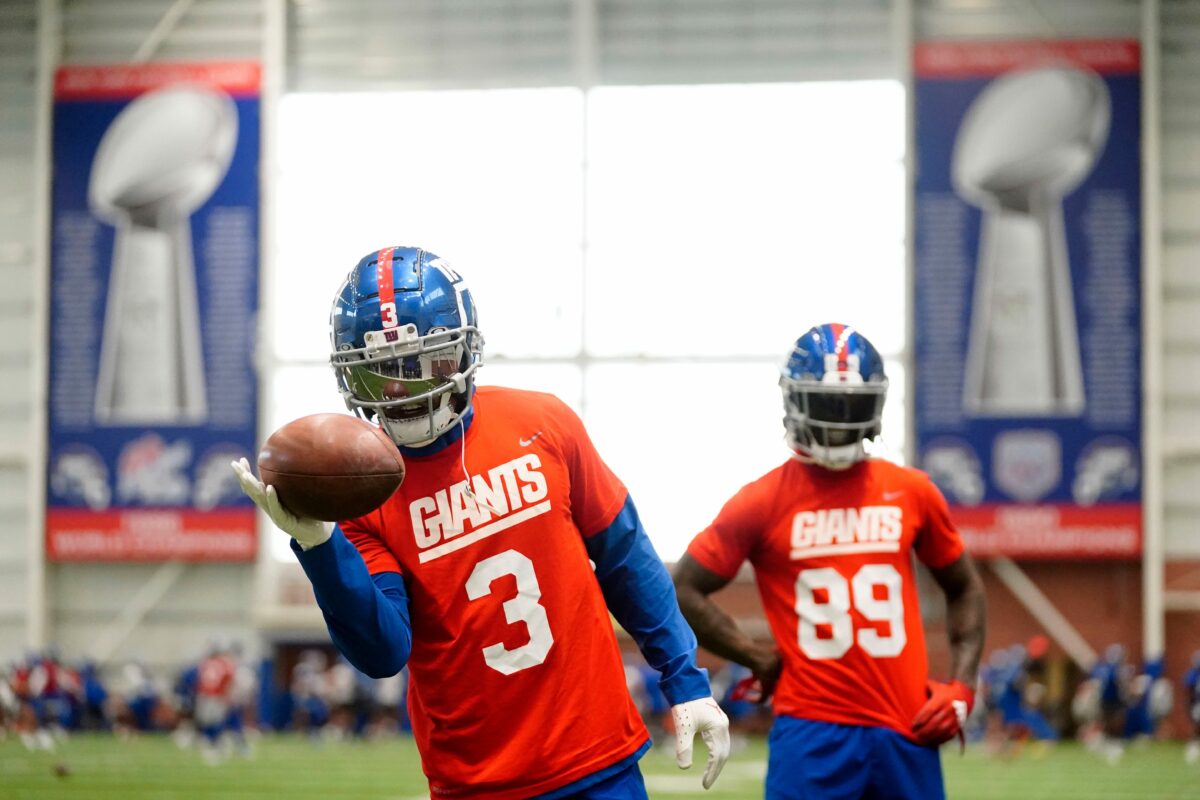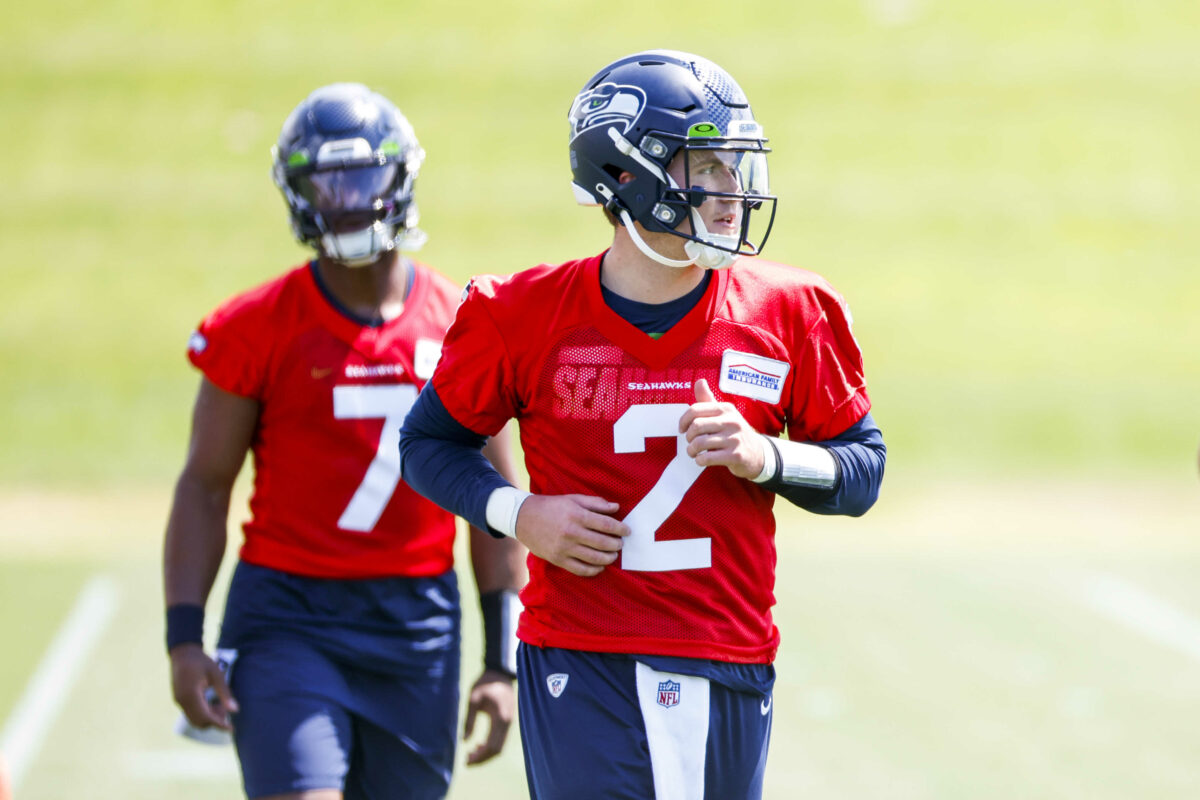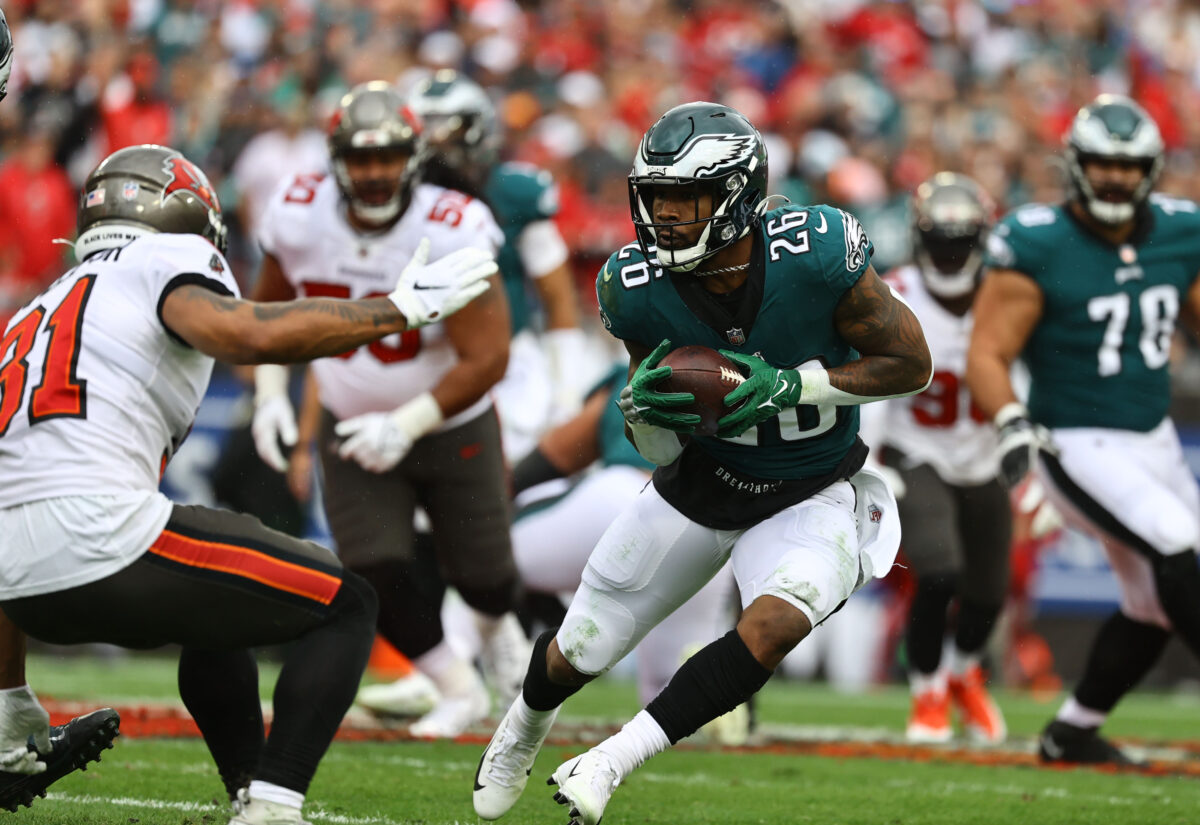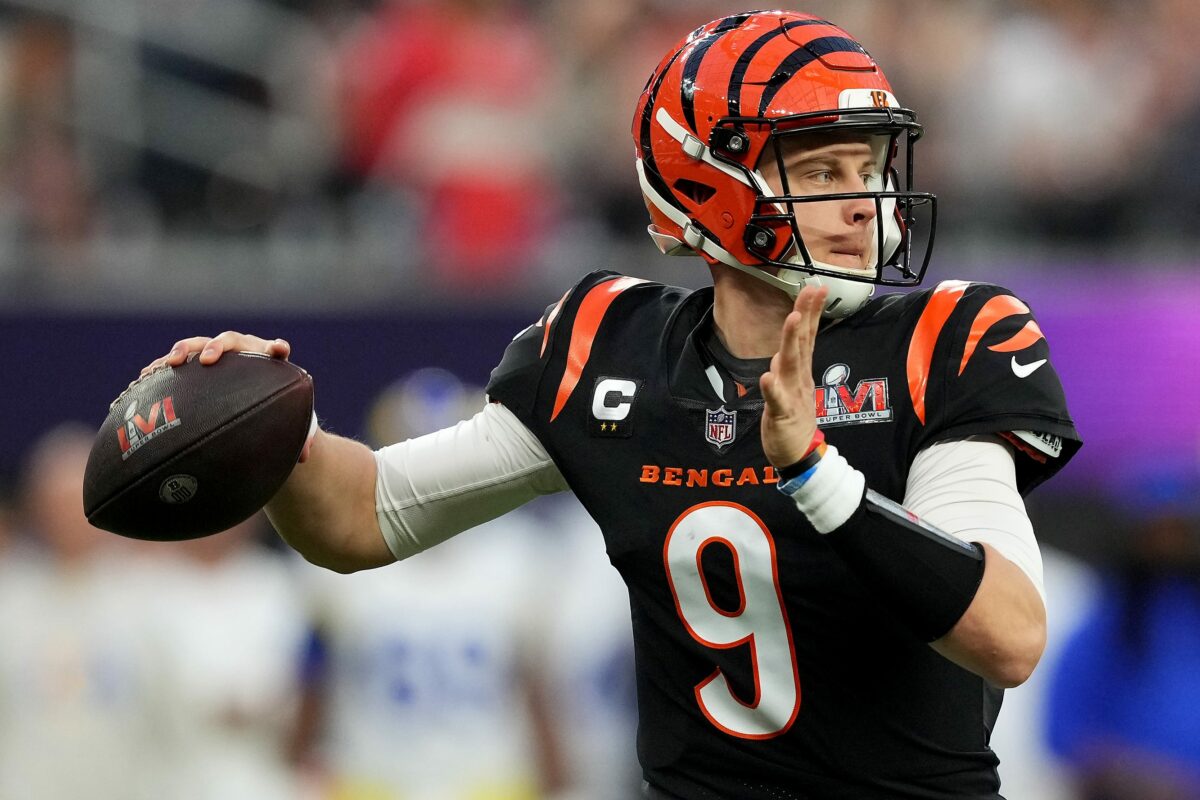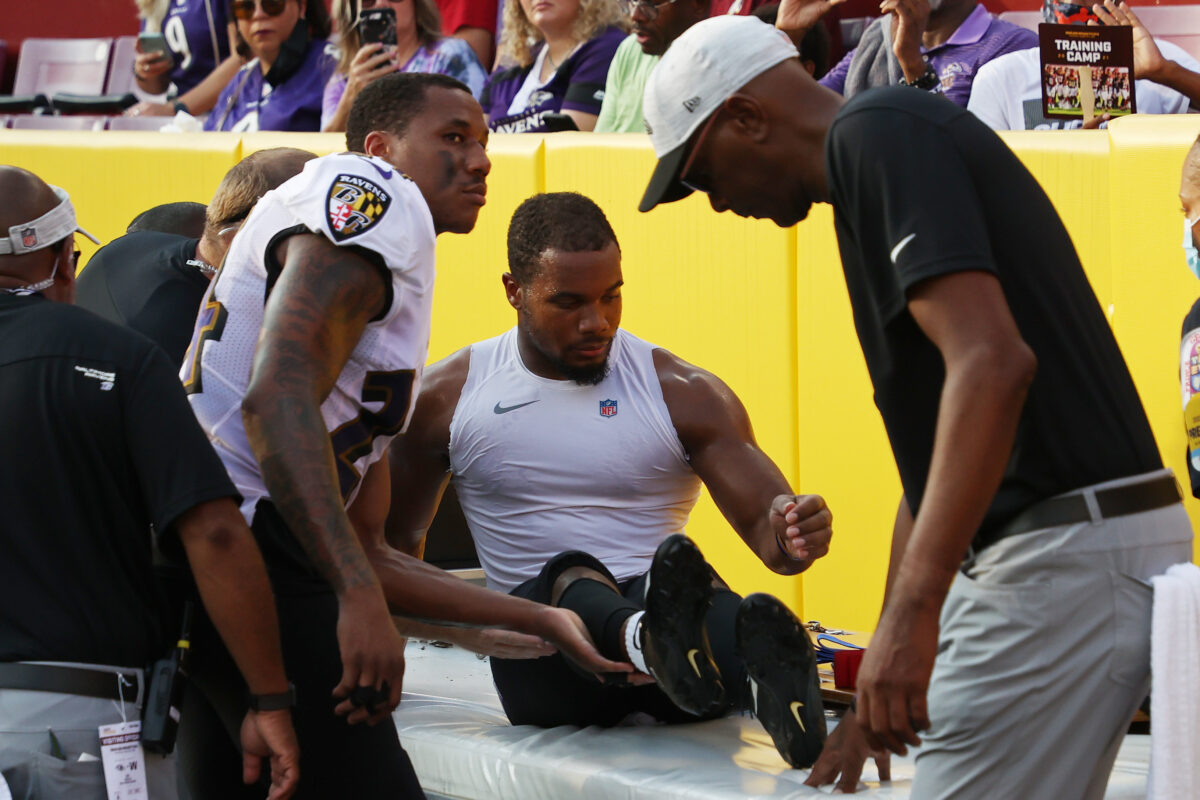Two rookie receivers who may fly under the radar of casual fantasy football participants are the Indianapolis Colts’ Alec Pierce and Green Bay Packers wideout Christian Watson.
Despite not being highly touted prospects, both players are in situations that could lead to relatively outsized performances. But is one a smarter fantasy but than the other?

The case for and against Alec Pierce
- Standing 6-foot-3, 211 pounds, the Cincinnati product is a viable threat in the red zone.
- Pierce ran a 4.41-second 40-yard dash, and he posted a 40 1/2-inch vertical jump at the 2022 NFL Scouting Combine.
- He boasts a large catch radius, adequate physicality, and the necessary toughness to make catches all over the field.
- Fills a much-needed hole in the offense opposite Michael Pittman Jr.. Quarterback Matt Ryan lacks proven weaponry aside from the third-year USC alum, which paves the way for Pierce to compete for a starting role as a rookie. His vertical nature pleasantly contrasts that of the possession-minded Pittman.
- Parris Campbell has struggled to stay off the trainer’s table throughout his young career, and he profiles similarly to Pierce. A healthy season from the veteran could push Pierce into an infrequent role, but it also cuts in the rook’s favor if Campbell yet again misses significant time.
- Separation could be an issue for him at the next level. Pierce doesn’t offer great burst off the line and isn’t lethal out of his breaks.
- Just how many passes will be available in this run-centric offense? The Colts are likely to send somewhere around 130-150 passes toward Pittman, and hybrid tight end Mo Alie-Cox returns for what could be a notable role following the retirement of TE Jack Doyle. Will Campbell and Ashton Dulin steal too many deep routes from Pierce?
Tired of losing your league every season? Be sure to sign up for The Huddle today to gain an award-winning edge on the competition! We have 26 years of experience online building fantasy football champions.

The case for and against Christian Watson
- It never is a detriment to catch passes from the reigning, back-to-back NFL MVP. Aaron Rodgers lost his favorite target in Davante Adams this offseason, and the Packers cobbled together a cast of unheralded targets for the future Hall of Famer.
- Watson brings a trifecta of size (6-foot-4, 208 pounds), speed (4.36-second 40), and blocking ability to Titletown. Wide receivers in this system are required to block, even if it’s just adequate effort over pristine form.
- Has NFL bloodlines — the son of a former pro safety
- Improved as a route-runner as his collegiate career went along
- Exceptional work ethic and dedication — already drawing praise in OTAs from veteran receiver Randall Cobb, “He has the total package. Just being around him for the past week and seeing some of the things he can do, he has all the tools. He’s very gifted.”
- However, Watson has battled a case of the drops while running with the first-team offense. It could be nerves or nothing to worry about, just as we saw with Cincinnati Bengals standout receiver Ja’Marr Chase a year ago.
- Rodgers historically has not taken kindly to rookie wide receivers, and if Watson continues to struggle with drops, it stands to reason his quarterback won’t be eager to deliver extra passes his way.
- Despite all of the question marks at the position, Watson still has to fend off several veterans, including Sammy Watkins, Cobb and Allen Lazard.
Fantasy football takeaway
This one really could go either way. Pierce is in a better situation in terms of a lack of proven competition for targets, although his offense’s design isn’t likely to send a wealth of passes the rookie’s direction, so he’ll need to be highly efficient. That also means he’s poised to be an inconsistent performer.
From Watson’s perspective, he’s already running with the No. 1s, and the Packers have a ridiculous 169 targets to fill from losing Adams based on last year’s results. Even if that number were to dip to, say, 145, that’s a lot of looks to be replaced by any standard. Watson’s hands need to be watched during the summer practice season, and as long as he rights that ship, there’s more upside for a stronger season from the former North Dakota Stater than Indy’s rookie Bearcat.
Both receivers profile as No. 4 options in fantasy football redraft leagues, and it while it’s rarely recommended to select a pair of rookie receivers to a single team, this could be one of the few exceptions where it’s a viable play.






